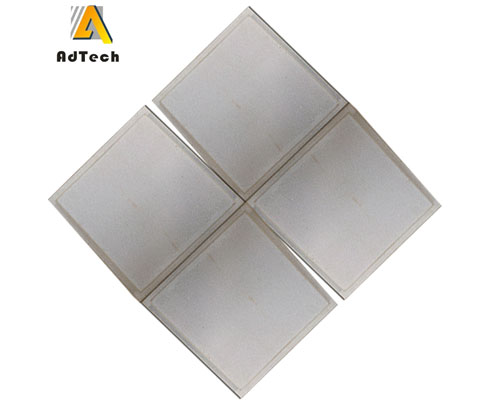With the rapid development of the foundry industry, the requirements for the cleanliness of molten metal and the performance of castings are getting higher and higher. In recent years, the foam ceramic filtration process has been widely used in casting production, and it has become the simplest and most effective method to improve the mechanical properties of castings and reduce pores and inclusions.
The main function of the ceramic foam filter is to filter out impurities and bubbles in the molten metal, purify the molten metal, and rectify the flow of the molten metal through filtration to make the flow of the molten metal more stable and prevent secondary oxidation. The filtration of the ceramic foam filter mainly works through the following mechanisms.
Filtering mechanism
- Mechanical screening (interception): remove large particles of mixed oxides, filter out bubbles in the molten metal, and reduce the harm of molten slag to castings.
- Filter cake mechanism: The intercepted large particles of mixed oxides gather above the filter to form a filter cake, which increases the filter’s ability to filter small particles of mixed oxides.
Types of ceramic foam filters
There are many types of foam ceramic filters, and filtration used in casting different molten metal. Generally, it can be divided into: ceramic foam filter for cast steel; ceramic foam filter for cast iron and cast copper; ceramic foam filter for aluminum alloy; ceramic foam filter for magnesium alloy.
![]()
Pore size selection of ceramic foam filter
The pore size of the ceramic foam filter should be selected according to the nature of the molten metal to be filtered. For filtering viscous and thick liquid metal with poor fluidity and large impurity particles, a filter with a larger pore size should be selected; for filtering liquid metal with good fluidity and dilute, a filter with a smaller pore size should be selected. If the pore size is too large, it cannot play the role of filtration; if the pore size is too small, it may cause the filter to block prematurely, leading to the halfway termination of the filtration or even the failure of filtration. This is particularly important for ductile iron.
General principles for the selection of pore size of ceramic foam filter:
- The hole size of 10ppi can be used for ductile iron, large gray iron, and steel casting;
- Hole size specifications of 20ppi are used for malleable iron castings, small gray iron castings, and non-ferrous alloy castings;
- The hole size specification is 30ppi for copper alloy castings and aluminum alloy castings.

